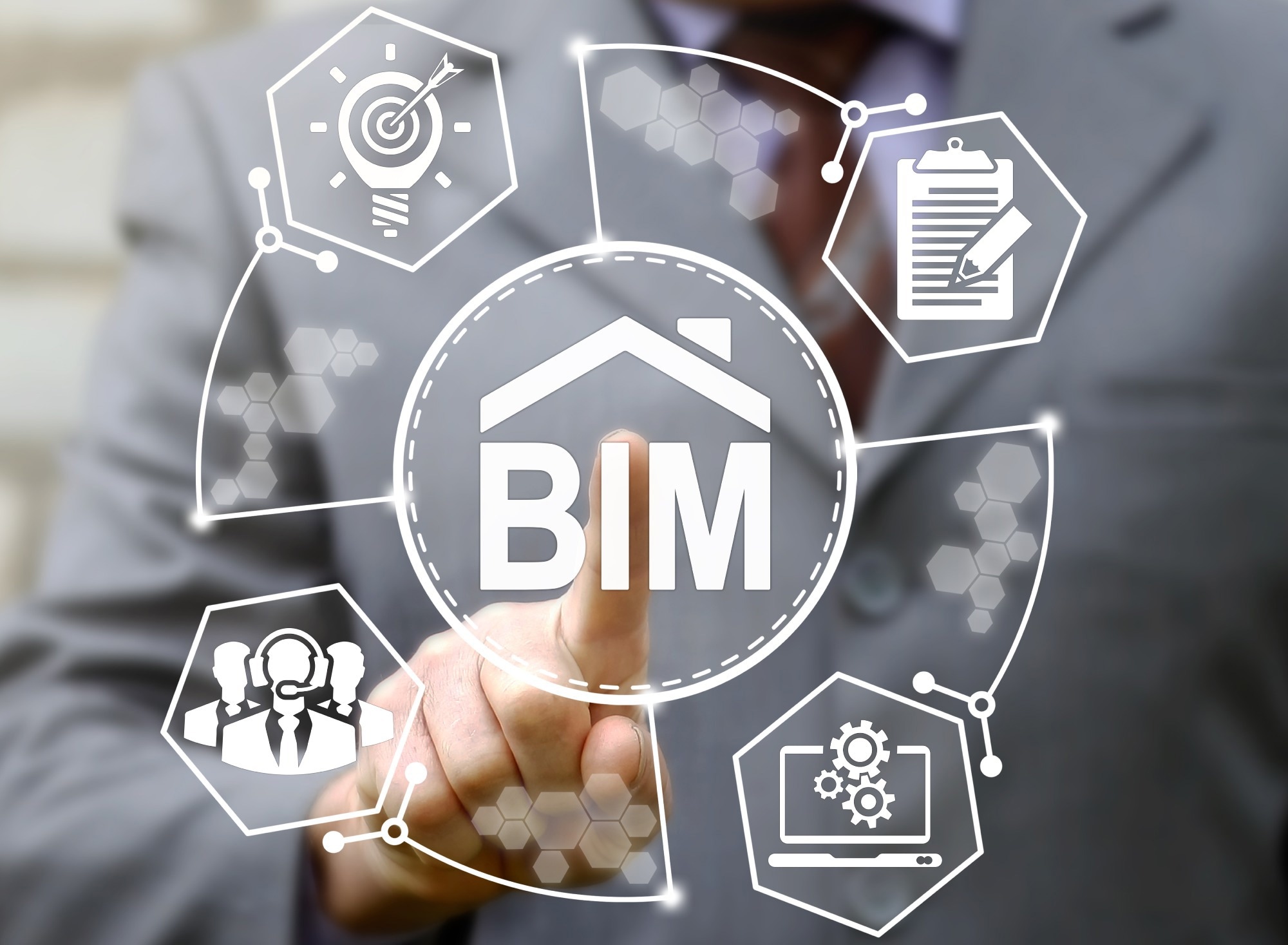 By Nidhi DhullReviewed by Susha Cheriyedath, M.Sc.Oct 9 2024
By Nidhi DhullReviewed by Susha Cheriyedath, M.Sc.Oct 9 2024A recent article published in Heliyon proposed an intelligent construction cost prediction model based on building information modeling (BIM) and Elman neural networks (ENNs). This BIM-ENN model aimed to improve real-time prediction accuracy by addressing complex factors like supply chain fluctuations, design changes, and labor cost variations.
 Study: Intelligent Building Construction Cost Optimization and Prediction by Integrating BIM and Elman Neural Network. Image Credit: Panchenko Vladimir/Shutterstock.com
Study: Intelligent Building Construction Cost Optimization and Prediction by Integrating BIM and Elman Neural Network. Image Credit: Panchenko Vladimir/Shutterstock.com
Background
Cost management has become increasingly important in the construction industry due to the rapid growth of the global economy and rising competition. To successfully implement projects, control budgets, and manage profits, scientific cost management methods are essential.
However, the complexity and uncertainty inherent in construction projects make traditional methods inefficient and unreliable. These conventional approaches often rely on historical data and empirical judgment, which fail to account for recent market changes and project progress in real time.
While deep learning has shown impressive predictive capabilities across various fields, its application in intelligent construction cost prediction remains in its early stages. The few artificial neural network (ANN) models used for cost prediction struggle to effectively capture real-time data, leading to lower prediction accuracy.
A promising alternative involves integrating data visualization in Building Information Modeling (BIM) with ANN models, which can more accurately predict construction costs and support efficient decision-making and project control. This study developed and validated a BIM-ENN model to address these challenges.
Methods
After data visualization and normalization, the proposed ENN model was optimized using the particle swarm optimization (PSO) algorithm. Following this, data from the BIM model was input into the ENN, and the ANN parameters were fine-tuned to predict building construction costs.
BIM was first used to digitize and visualize various building elements, including geometry (size and shape), attributes (material strength, density, and cost), components (such as column and beam connections), and spatial topology (layout). This data was preprocessed to ensure consistency and quality by cleaning it, removing abnormal values, and filling in missing information. The ENN then learned the relationships between construction costs and architectural elements from this preprocessed data.
The performance of the developed BIM-ENN construction cost prediction model was evaluated using data collected through web crawling from April 2019 to October 2022. The data was sourced from academic papers, government and industry reports, social media, news websites, publicly available corporate data, patents, and open data platforms, with a focus on the artificial costs of hot-rolled third-level seismic rebars in Xi'an City.
The BIM-ENN model’s performance was compared against several models, including the ENN, backpropagation (BP) neural network, long short-term memory network (LSTM) algorithm, and a model reported by Li et al. (2023). Evaluation metrics included fitting effect, root mean squared error (RMSE), prediction accuracy, coefficient of determination (R2), and area under the curve (AUC).
Results and Discussion
The developed BIM-ENN model outperformed other reported algorithms in key metrics such as RMSE, R2, prediction accuracy, and AUC. These results highlighted the model’s efficiency, reliability, and practical significance, demonstrating its strong potential for application in construction cost management.
Although not all metrics showed a consistent trend, the BIM-ENN model achieved the lowest RMSE, consistently below 75, and an R2 value above 0.95, indicating that over 95 % of the cost predictions were explainable. This demonstrated the model’s high predictive accuracy and feasibility in forecasting steel bar prices.
In comparison, the model reported by Li et al. had RMSE values over 95 and R2 values consistently below 0.95. The BP algorithm performed the worst, with RMSE exceeding 130 and R2 values consistently under 0.7951. The PSO algorithm effectively enhanced the BIM-ENN model, reducing the risk of the single ENN converging to a local extreme.
In terms of AUC values, the BIM-ENN model showed superior specificity and sensitivity across most thresholds. It demonstrated higher sensitivity at higher thresholds, achieving an AUC value of 0.95, which underscored its strong discriminative ability. Li et al.'s model maintained good specificity and sensitivity at various thresholds but performed slightly lower than the BIM-ENN model.
On the other hand, both the ENN and LSTM models displayed higher sensitivity at lower thresholds, but their sensitivity declined as thresholds increased, while specificity remained relatively high, indicating a potential for more false positives. The BP algorithm performed the worst, with lower specificity and sensitivity across all thresholds.
Conclusion
In conclusion, the researchers successfully developed an intelligent building construction cost prediction model by integrating BIM technology with an ENN. The introduction of the PSO algorithm significantly improved the model’s accuracy and generalization capability. The model achieved an average prediction accuracy of 95.83 % across various months, with an RMSE below 75 and an R2 above 0.95—outperforming other reported models.
As a result, the BIM-ENN model demonstrates great potential as a precise and reliable tool for cost management in the construction industry. The researchers recommend further expanding the model's application to other aspects of construction management, including quality control, scheduling, and environmental impact assessment.
Journal Reference
Zhang, Y. & Mo, H. (2024). Intelligent Building Construction Cost Optimization and Prediction by Integrating BIM and Elman Neural Network. Heliyon, 10(18), e37525. DOI: 10.1016/j.heliyon.2024.e37525, https://www.sciencedirect.com/science/article/pii/S2405844024135566
Disclaimer: The views expressed here are those of the author expressed in their private capacity and do not necessarily represent the views of AZoM.com Limited T/A AZoNetwork the owner and operator of this website. This disclaimer forms part of the Terms and conditions of use of this website.